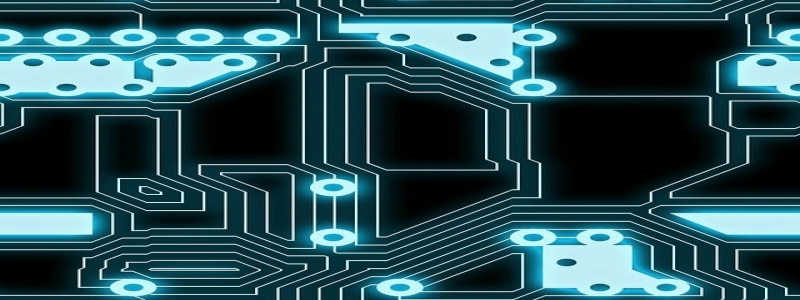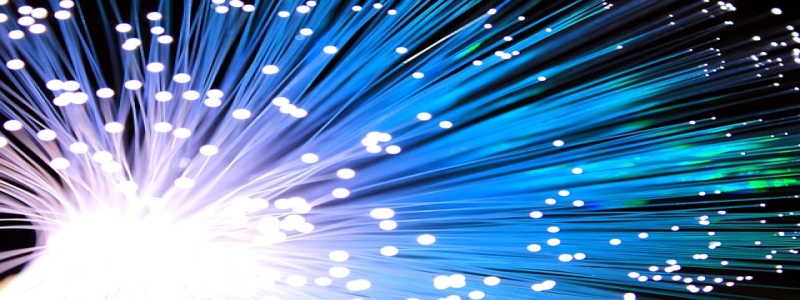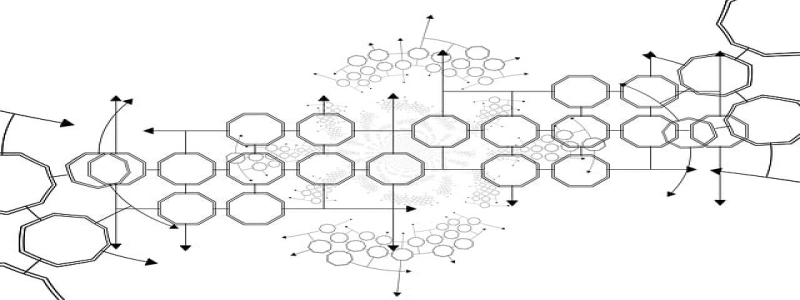Cisco Unsupported Transceiver
Introduction:
A transceiver is an essential component of networking equipment that enables the transmission and reception of data over a network. It is responsible for converting the electrical signals into optical signals or vice versa. Cisco, a renowned networking solutions provider, offers a wide range of transceivers tailored for their networking devices. However, it is crucial to ensure compatibility between the transceiver and networking equipment for optimal performance and reliability. In this article, we will shed light on the topic of Cisco unsupported transceivers and the implications they may have.
I. Understanding Cisco Unsupported Transceivers:
1. Definition: Cisco unsupported transceivers refer to the use of third-party transceivers that do not meet the compatibility guidelines set by Cisco.
2. Common Causes: There can be various reasons why a transceiver is considered unsupported by Cisco, including non-compliance with networking standards, counterfeit products, or lack of official certification.
3. Risks and Limitations: Using unsupported transceivers may lead to compatibility issues, network disruptions, performance degradation, or even complete failure in extreme cases.
4. Warranty Void: Cisco’s warranty and technical support typically do not cover the use of unsupported transceivers. As a result, any issues encountered will have to be resolved independently.
II. Implications of Using Unsupported Transceivers:
1. Compatibility Issues: Unsupported transceivers may not work correctly with the Cisco networking equipment, leading to connectivity problems or intermittent disruptions.
2. Performance Degradation: The use of unsupported transceivers might result in reduced signal quality, slower data transfer rates, or increased latency due to inefficient communication between the transceiver and networking device.
3. Network Stability: Unsupported transceivers may cause unexpected network outages or unreliable connectivity, impacting the overall stability and availability of the network.
4. Security Concerns: Third-party transceivers might lack essential security features and undergo rigorous testing and validation processes, potentially exposing the network to vulnerabilities.
III. Cisco’s Approach to Unsupported Transceivers:
1. Compatibility Checks: Cisco implements various measures to detect and prevent the use of unsupported transceivers, such as software checks, optical monitoring, or firmware upgrades.
2. Diagnostic Messages: Cisco devices often generate diagnostic messages or alerts when an unsupported transceiver is detected, informing users about the potential risks and recommending appropriate action.
3. Genuine Cisco Transceivers: To avoid compatibility issues and ensure optimal performance, it is recommended to use genuine Cisco transceivers that are certified and tested to meet Cisco’s rigorous standards.
Conclusion:
Using unsupported transceivers in Cisco networking equipment can have significant implications on network performance, stability, and security. It is essential to adhere to Cisco’s compatibility guidelines and use genuine Cisco transceivers to mitigate the risks associated with unsupported transceivers. By doing so, users can ensure optimal performance, benefit from reliable connectivity, and enjoy the support and warranty services offered by Cisco.








